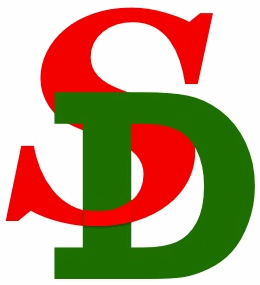2011 SuperDARN Workshop

ABSTRACTS
Magnetotail Disruption Zones and their ...
G. Sofko, K.A. McWilliams and C. Bryant
University of Saskatchewan, Saskatoon, Saskatchewan, Canada
abstract. The stretched magnetic field region of the magnetotail has, at its center, the neutral sheet (NSh). THEMIS observations show that a deep minimum of a few nT in field strength B occurs there. The NSh is bordered on the north and south by closed stretched field line regions, which we call ?Disruption Zones (DZs)?, for which a new interpretation of Cluster data reveals several important features, namely: (i) an outward field gradient from the NSh; (ii) an outward curvature also pointing away from the NSh. As a result, the curvature-gradient drift of the ions is eastward in the DZs, opposite to the westward drift of the essentially unmagnetized ions in the NSh. There are two important consequences of these adjacent oppositely directed ion drifts. First,the strong momentum shear across the interfaces between the NSh and DZs drives Alfvenic wave activity by means of the Kelvin-Helmholtz Instability (KHI), first in the kink mode, then in the sausage mode and finally the sausage-tearing mode. The latter drives reconnection, likely at multiple X-line locations, and causes substorm onset and field line dipolarization. Secondly, a double-celled current system forms in which eastward current in the DZs is closed with westward current in the NSh. This is a positive-feedback system that creates more stretched line flux in the DZs north and south of the NSh, and this in turn drives faster curvature-gradient drifts, which in turn lead to more current, and so on. Thus, the KHI progression from kink to sausage-tearing mode and the double-current system are strongly correlated. Although external triggering can perturb the highly inductive double-cell current system and lead to onset, the above model does not require triggering and shows that the magnetotail NSh-DZ field topology on its own can quite naturally lead to substorm onset. The DZs also act to deflect earthward the westward curvature-gradient drift plasmasheet flows on the quasi-dipolar field lines between the dawn and dusk LLBL regions and the stretched field region in the middle plasmasheet (~ -8 < Y < ~ +8 RE). This convective deflection leads to the Substorm Current Wedge and the associated FACs that link the magnetospheric substorm to the auroral substorm.